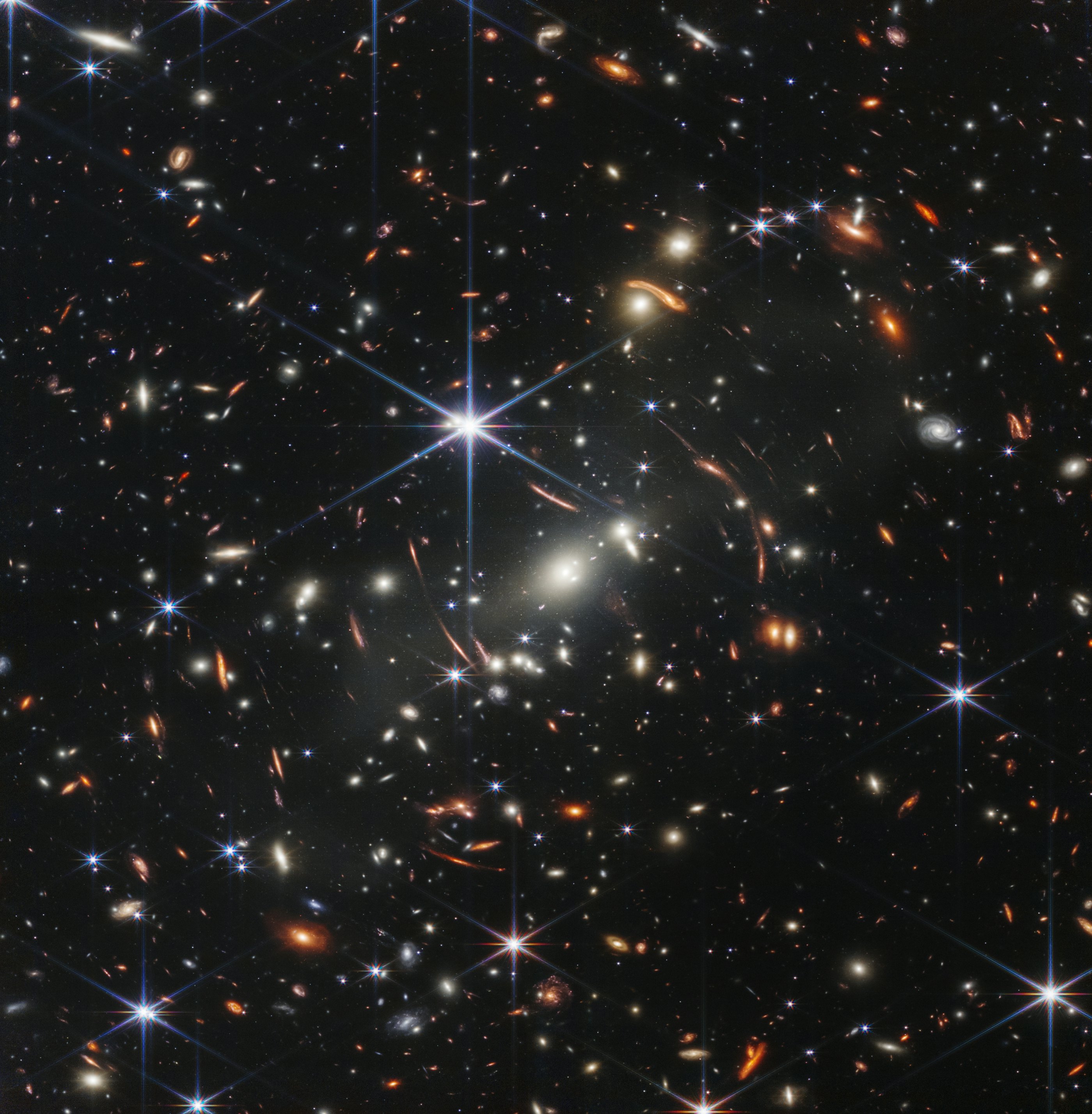
The first image from the James Webb Space Telescope took less than a day to capture, and it’s the deepest infrared view of the universe we’ve ever seen.
President Joe Biden finally revealed the long-awaited image, known as Webb’s First Deep Field, on Monday. It offers a look deep into a patch of sky that, when viewed from Earth, is as tiny as a grain of sand held at arm’s length.
And this image of one tiny speck of sky reveals thousands of newly-discovered galaxies whose light was too faint for previous telescopes to detect. They’re among the oldest and most distant objects in our universe, and studying them (and other galaxies like them) in more detail will be a crucial part of the Webb Telescope’s science mission.
Also read: Look! Webb Telescope's first 5 science images are a new era in astronomy

To get this unprecedented look back into the ancient universe, Webb used a technique called gravitational lensing. Some objects — like galaxy cluster SMACS 0723, which sits at the center of Webb’s First Deep Field — are so dense that their gravity bends spacetime. Light from objects directly behind SMACS 0723 follows the curve of spacetime around the galaxy cluster, similar to what happens when light passes through a curved lens.
The light that arrives on our side of the lens is distorted, which is why some of the galaxies in the deep-field image look blurred or stretched, while others have been distorted into curved streaks of light. Astronomers can use computer algorithms to correct for some of that distortion when they’re analyzing the data. But importantly, the resulting light also gets magnified, which made it possible for Webb to see some of the faintest galaxies in the universe. Gravitational lensing boosts Webb’s power with a giant, natural telescope.
NASA and its partners in the Space Telescope Science Institute, which manages Hubble as well as Webb, will release the rest of Webb’s first full-color images and data on Tuesday morning.







